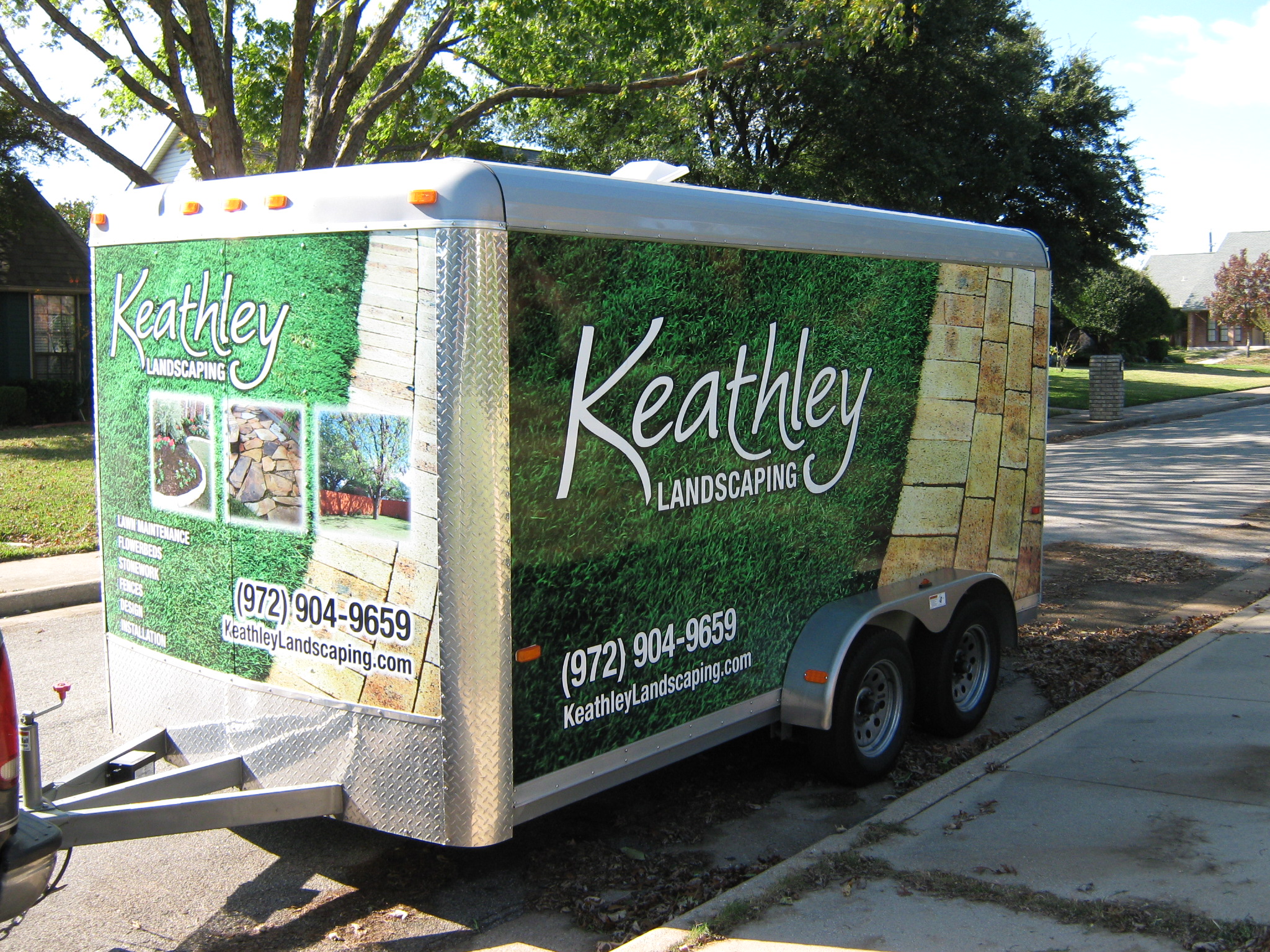Yard Drainage: Best Practices for Maintenance 🌧️
Do you often find yourself wading through puddles in your yard after a heavy rain? Proper yard drainage is crucial to maintaining the health and beauty of your outdoor space. Without it, you might be dealing with waterlogged soil, plant damage, or even foundation issues. Let’s dive into some of the best practices for maintaining effective yard drainage!
Table of Contents
1. Understanding the Importance of Yard Drainage
2. Signs of Poor Yard Drainage
3. Best Practices for Yard Drainage Maintenance
4. DIY Tips for Improving Yard Drainage
5. Conclusion
6. FAQ
Understanding the Importance of Yard Drainage 🌿
Good yard drainage isn’t just about avoiding a soggy lawn; it’s about protecting your home and landscape. Poor drainage can lead to erosion, damage to your home’s foundation, and unhealthy plants. By maintaining your yard drainage, you ensure a stable and thriving environment for your family and garden.
Signs of Poor Yard Drainage ⚠️
Recognizing the signs of poor drainage can save you time and money in the long run. Keep an eye out for:
• Persistent puddles or standing water after rain.
• Erosion or exposed tree roots.
• Foul odors due to stagnant water.
• Yellowing or wilting plants.
Best Practices for Yard Drainage Maintenance 🛠️
Implementing these practices can help maintain efficient drainage in your yard:
Regular Inspections
Conduct regular inspections to identify potential drainage issues. Look for blocked gutters, downspouts, or drainage pipes. Address any clogs promptly to ensure water flows freely.
Gutter and Downspout Maintenance
Ensure that gutters and downspouts are clean and direct water away from your home’s foundation. Consider adding extensions to downspouts to further guide water away.
Install French Drains
French drains are effective solutions for redirecting water. They consist of a trench filled with gravel and a perforated pipe, which leads water away from problem areas.
Utilize Rain Gardens
Rain gardens are not only beautiful but functional. They capture and filter runoff, allowing water to slowly seep into the ground, reducing flood risks.
DIY Tips for Improving Yard Drainage 🏡
If you’re a hands-on homeowner, here are some DIY tips to enhance your yard’s drainage:
• Aerate your lawn to improve soil absorption.
• Create a gentle slope away from your home’s foundation to guide water flow.
• Use native plants that thrive in wet conditions to absorb excess water.
• Consider installing a rain barrel to collect runoff for garden use.
Conclusion 🌈
Maintaining good yard drainage is an ongoing effort, but it’s well worth it to protect your home and garden. By following these best practices and tackling any issues promptly, you can enjoy a lush, puddle-free yard year-round!
FAQ ❓
Q1: How often should I check my yard for drainage issues?
A: It’s a good idea to inspect your yard at least twice a year, ideally in the spring and fall, or after heavy rainfalls.
Q2: Can poor yard drainage affect my home’s foundation?
A: Yes, water pooling near your home can seep into the foundation, causing cracks and structural issues over time.
Q3: Are rain gardens easy to maintain?
A: Rain gardens require minimal maintenance once established, mostly involving occasional weeding and mulching.
Q4: What is a French drain, and how does it work?
A: A French drain is a trench filled with gravel and a perforated pipe that redirects water away from wet areas, effectively preventing pooling.
Q5: Can I improve yard drainage myself, or should I hire a professional?
A: While many drainage improvements can be DIY, complex issues like severe erosion or foundation-related problems may require professional help.





































Recent Comments